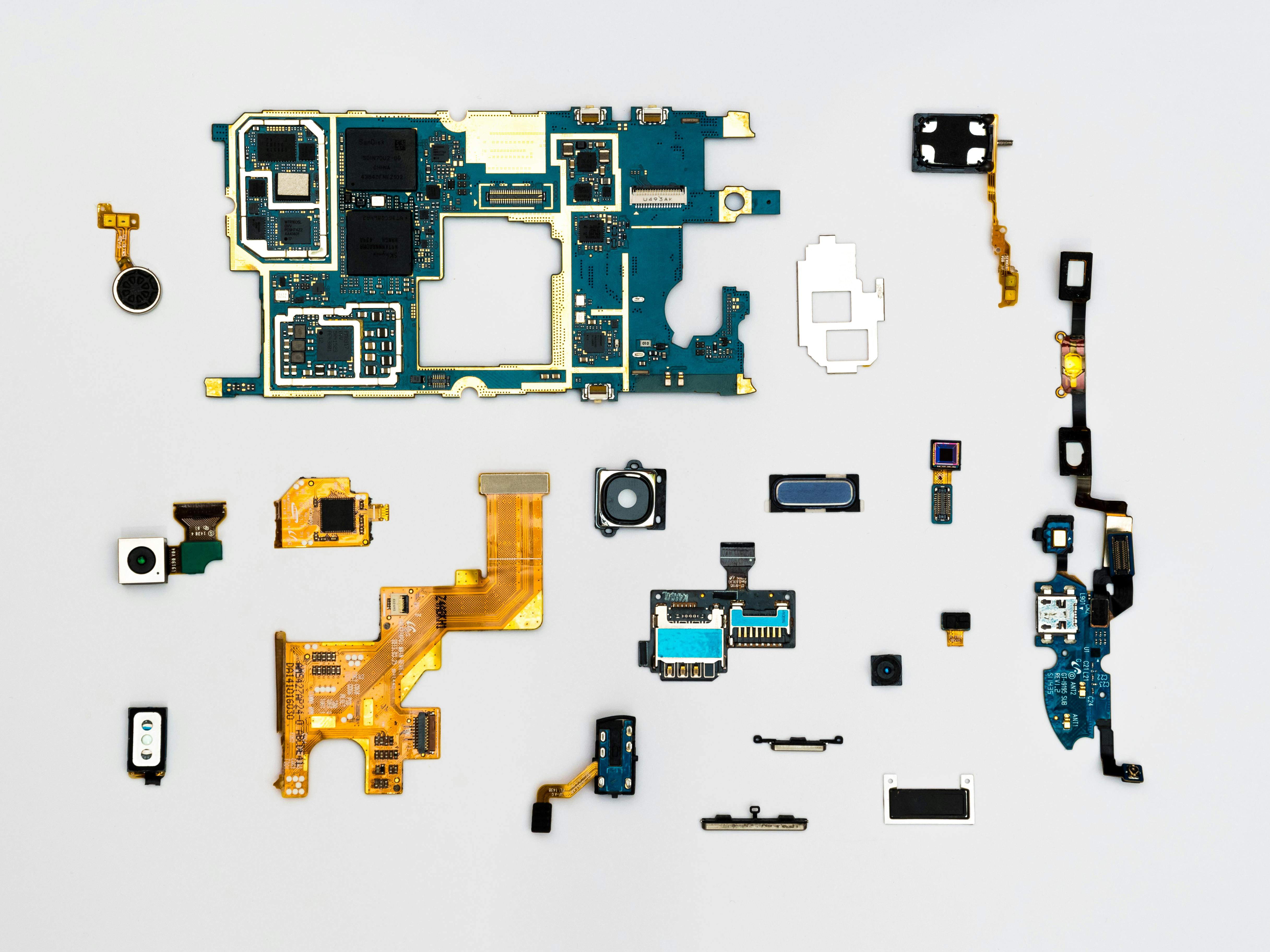Warranty transfer, return rights and repair expectations worldwide
Buying a used smartphone raises questions about warranty transfer, return rights, and repair expectations across different jurisdictions. This article explains how IMEI status, battery health, display condition, camera performance, firmware, shipping, customs, valuation, inspection, privacy, refurbishment practices, and escrow services affect after-sale protections and what buyers and sellers should realistically expect.

Buying a used smartphone involves more than the listed price. Across jurisdictions, return policies, warranty transfer rules, repair options, and resale practices vary widely. Before committing, confirm the device’s history (including IMEI status), review seller terms, and understand logistics like shipping and customs. This article explains common expectations for warranty transfer, returns and repairs, and practical steps to protect both buyers and sellers when transacting globally.
Warranty transfer and return rights
Warranty terms differ by manufacturer and region. Some original warranties are tied to the first purchaser or the device’s country of purchase and may not be transferable; others—especially extended or manufacturer-registered plans—can be moved if the proper paperwork is provided. Retailer return rights are separate from manufacturer warranties: online marketplaces and secondhand platforms usually offer return windows that depend on seller policies and local consumer protection laws. When evaluating a used device, request proof of purchase, warranty number, and any registration details to clarify coverage before finalizing the sale.
How IMEI and firmware affect coverage
IMEI status and firmware state are central to post-sale support. An IMEI flagged as lost, stolen, or blacklisted can prevent warranty service and may restrict carrier activation. Firmware modifications—like unofficial custom ROMs or rooted systems—can void some manufacturers’ warranties and limit official repair options. Always check IMEI and confirm the phone runs official firmware if warranty claims might be needed. For cross-border purchases, verify that the device is not carrier-locked to a foreign network and that firmware regional locks won’t block expected features.
What to expect from battery and display performance
Battery health and display condition are common deal-breakers for used phones. Batteries degrade with charge cycles and age; most sellers report battery health as a percentage or with recent replacement documentation. Displays may show dead pixels, burn-in, or touch issues that can be costly to repair. Inspectors and marketplaces often grade devices by these criteria; buyers should ask for recent photos, battery diagnostics, and, if possible, in-person testing. Expect discounted pricing for units with reduced battery life or display damage, and factor potential repair costs into valuation.
Camera, privacy, and data concerns
Camera functionality is an important performance indicator but can be affected by firmware, sensor damage, or software misconfiguration. Request sample photos and test camera modes. Privacy is equally critical—ensure the seller performs a full factory reset and removes any linked accounts, activation locks, or SIM profiles. For iOS devices, check Activation Lock and for Android, ensure Google account removal. If the device is being refurbished, confirm that data wiping follows secure erasure standards to protect previous owners’ information.
Shipping, customs, and escrow considerations
International shipping and customs introduce delays, duties, and the risk of damage. Sellers and buyers should agree on who pays shipping, declare accurate values for customs, and consider insured, trackable delivery. For high-value transfers, escrow services can hold funds until inspection confirms condition and IMEI/firmware checks pass. Escrow reduces fraud risk but adds fees and processing time—verify the escrow provider’s reputation and dispute resolution terms before using the service.
Before the table: practical cost and pricing insights
Real-world costs for buying, repairing, or reselling used smartphones vary by model, region, and condition. Typical repair prices for common issues (battery replacement, screen repair, camera module) differ between manufacturer service centers and independent repair shops. Resale or trade-in values depend on age, IMEI status, and cosmetic grade. Below is a representative comparison of providers and estimated cost ranges to help set expectations.
| Product/Service | Provider | Cost Estimation |
|---|---|---|
| Trade-in resale value | Gazelle | $20–$300 (depending on model & condition) |
| Marketplace listing & sale fees | Swappa | Listing fees $0–$20; final sale price varies |
| Refurbished device purchase | Back Market | $80–$600 depending on model & grade |
| Certified pre-owned devices | Apple Refurbished | $199–$900 depending on model/configuration |
Prices, rates, or cost estimates mentioned in this article are based on the latest available information but may change over time. Independent research is advised before making financial decisions.
Valuation, inspection, and refurbishment process
Valuation combines cosmetic grade, functional checks, IMEI status, battery and display health, and market demand. Professional inspection services and reputable marketplaces apply standardized grading systems that include tests for water damage, port function, antenna performance, and software integrity. Refurbishment typically involves component replacement (battery, display, sensors), firmware verification, and secure data erasure. Ask for inspection reports or proof of refurbishment standards, and compare marketplace guarantees—some sellers include short return windows or limited warranties on refurbished units.
A realistic approach to used smartphone transactions balances inspection, documentation, and logistics. Understand warranty limitations, verify IMEI and firmware, assess battery and display condition, and prioritize privacy and secure shipping. Using escrow or reputable platforms reduces risk, and factoring repair or refurbishment costs into pricing helps set fair expectations for both buyers and sellers. Careful due diligence makes global purchases of used devices more predictable and safer.






